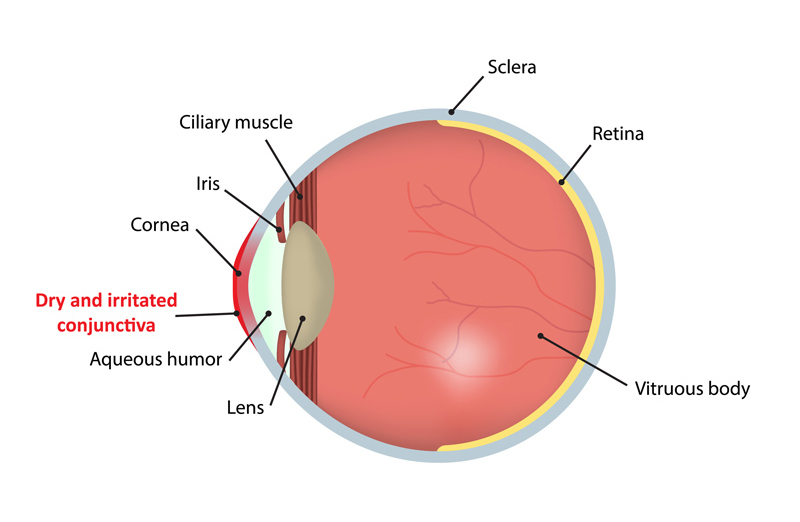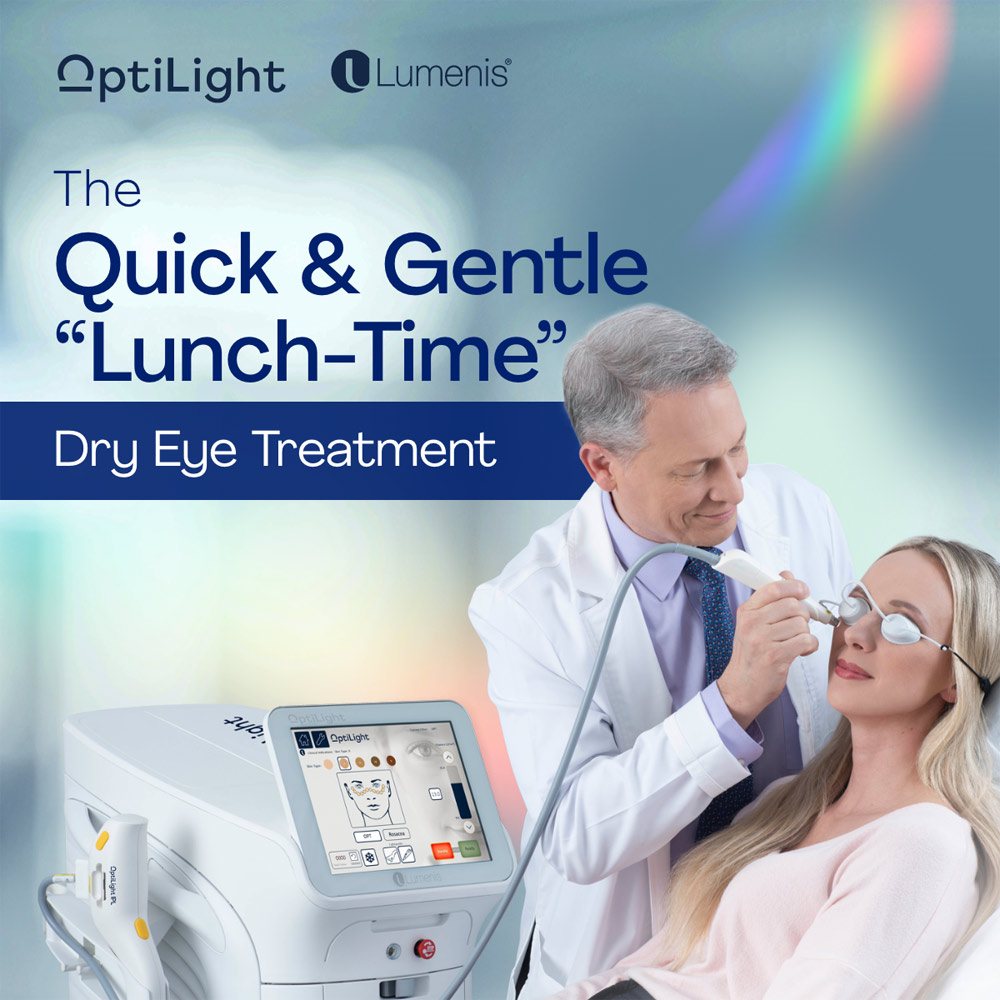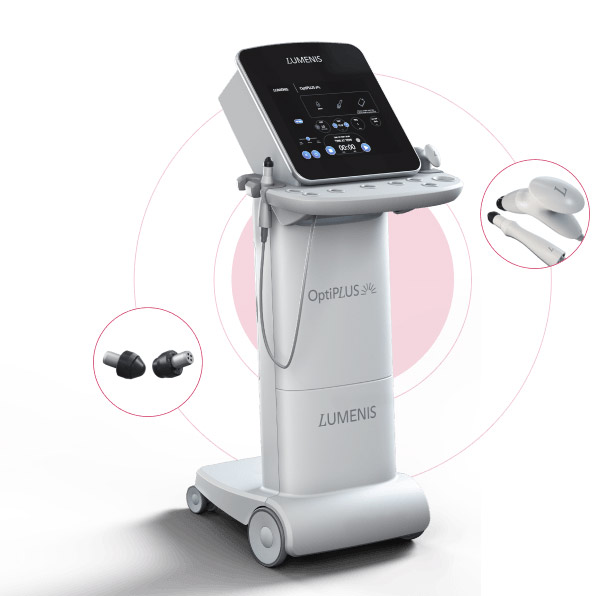Dry Eye Evaluation and Treatment

Dry Eye Evaluation and Treatment

What is Dry Eye?
According to the American Optometric Association, dry eye is a condition in which a person doesn’t have enough quality tears to lubricate and nourish the eye. Tears are necessary for maintaining the health of the front surface of the eye and for providing clear vision.
What Causes Dry Eye?
People can develop dry eye for many different reasons. Many people over the age of 65 experience symptoms of dry eyes as part of the aging process. Women are more likely to develop dry eyes due to hormonal changes caused by pregnancy, the use of oral contraceptives, and menopause. Some common medicines, such as antihistamines, decongestants, blood pressure medications, and antidepressants, can reduce the production of tears. People with certain conditions, such as rheumatoid arthritis, diabetes, or thyroid problems, are more likely to experience dry eye symptoms.
Other underlying causes of dry eyes include inflammation of the eyelids and inflammation of the surfaces of the eye. Exposure to cold, smoke, and dry climates can lead to tear evaporation, which in turn leads to dry eye symptoms. Failing to blink frequently (for example, during long periods of computer use) may also contribute to discomfort.
What are the Symptoms of Dry Eye?
Signs and symptoms of dry eye, which usually affect both eyes, may include:
- A stinging, burning, or scratchy sensation in your eyes
- Stringy mucus in or around your eyes
- Sensitivity to light
- Eye redness
- A sensation of having something in your eyes
- Difficulty wearing contact lenses
- Difficulty with nighttime driving
- Watery eyes, which is the body’s response to the irritation of dry eyes
- Blurred vision or eye fatigue
How is Dry Eye Diagnosed?
At Spring House Eye Associates, our optometrists can diagnose dry eye by evaluating the quantity and quality of tears produced by the eyes and considering the patient’s symptoms, health history, medications, and environmental factors. With the information obtained during a dry eye evaluation, our optometrists can determine if the patient has dry eyes and can advise on treatment options.
How is Dry Eye Treated?
While dry eye can be a chronic condition, our optometrists can prescribe treatment to help patients maintain healthy eyes, minimize dryness and discomfort, and prevent vision from being affected. Primary treatments for the management and treatment of dry eye include using artificial tears, increasing tear production, and treating inflammation of the eyelids or the eye surface.
IPL Therapy and RF Treatment
At Spring House Eye Associates, we offer two of the most effective dry eye treatments available: intense pulsed light (IPL) therapy and radiofrequency (RF) treatment.

IPL Therapy:
IPL therapy is a non-invasive, light-based treatment that targets the root causes of dry eye. It uses gentle pulses of light to reduce inflammation and help improve the function of the meibomian glands, which produce the oily layer of tears. This treatment helps to reduce tear evaporation and improve overall tear quality, providing lasting relief for many patients suffering from chronic dry eye.

Radiofrequency Treatment:
RF treatment utilizes groundbreaking radiofrequency technology to precisely deliver heat across several skin layers, treating dry eye at the source. This treatment stimulates the meibomian glands, improves blood circulation, and enhances collagen production for rejuvenated, firmer skin.
Symptoms of dry eye are uncomfortable, but we can help!
Contact us at 215-628-8799 for our Spring House, PA office, or 215-886-5510 for our Glenside, PA office to schedule an appointment for a comprehensive eye exam.
